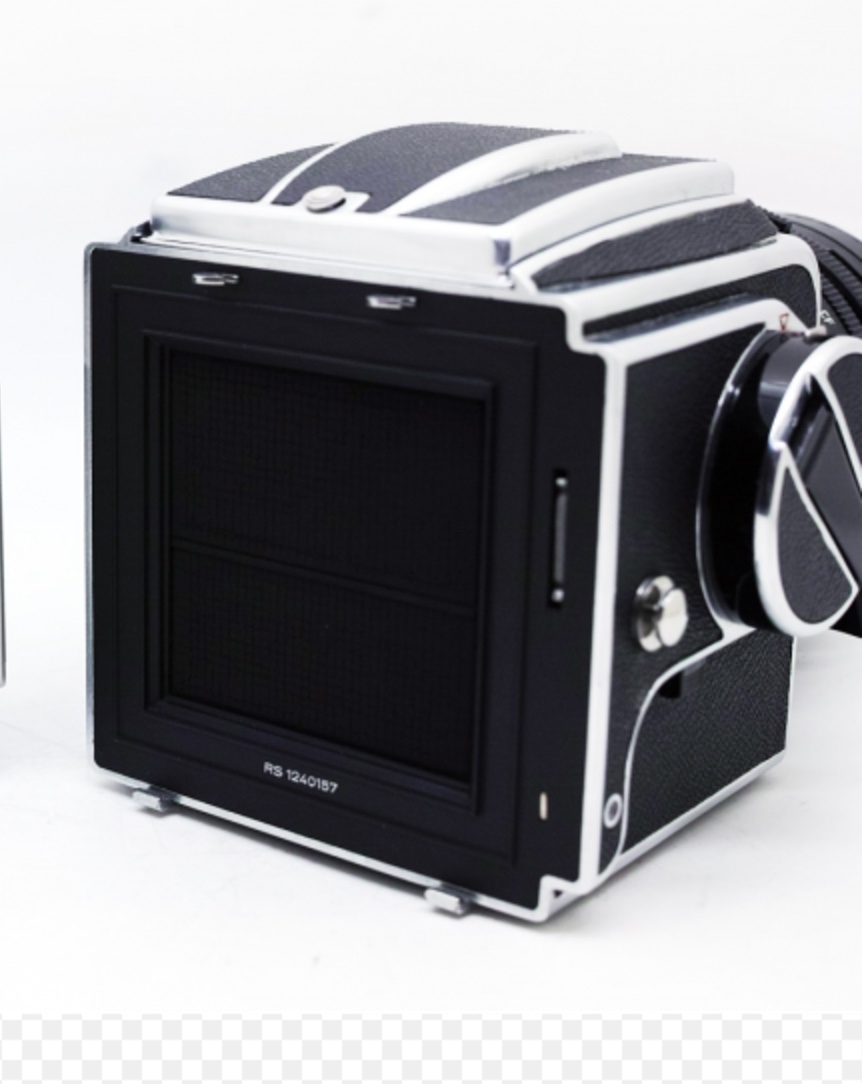I watched a Facebook discussion take place yesterday between one of my high school friends, a bright and funny man who weighs carefully what he wants to say, and one of his "friends", a mom who believes that #45 is our salvation. I've copied a number of her comments, as much to try to understand what is largely inexplicable to me as well as to recognize that if we are indeed going to make America Great again, it won't be because the two sides have found that elusive common center. For the life of me I don't think it's there.
From her:
"He's already worked harder than our previous one. And he's working harder for the people. Thankful we have a president who is for the people. Thankful we have a president who is a Christian. If we are talking traveling. Obama traveled all the time. Trump went directing to work the day he took office. There is proof in Gods Word that Obama went against. Trump is a Christian. We know a Christian by their fruits! It's ok you don't care for our currency President. Now you know how some of us felt for 8 years. Trump will make America. Great again.
My friend expressed his distrust of Mr. Trump because of his lewd comments and behavior and added, "I say that because of his past behavior, and his own statements, politics aside. I have heard things out of his own mouth, and watched while the whole Marla Maples thing unfolded, that would completely disqualify him from having anything to do with any daughter or granddaughter of mine. Same with the boys, for that matter. They might not be the same kind of victim, but I would not want them in Donald Trumps "locker room."
She replied, "We have to remember that all people have made mistakes. He is a human being. He had given his life to God. And he is doing a great job in office so far. He is what this country needs at this time. If you don't agree he best thing to do is pray for him. His latest speech was fantastic. I don't remember a better speech from any former president." To which, my friend replied, "I was pretty put-off by the shooting of an elephant and brandishing his severed tail in a photograph."
And last, she concluded, "I was put off by the previous one going against the Word of God. Going against Israel for one. God put Trump in office. I'm thankful america has spoken. He is proving to America that he is for America. And he will turn this country back to God. God says in His Word to never go agaiNst Israel. It is Gods promised land. Obama was no friend to Israel. I will agree to disagree with you on this. God knows what He is doing
"God put Trump in office?" Oh my.
From William Butler Yeats,"The Second Coming,"
Turning and turning in the widening gyre
The falcon cannot hear the falconer;
Things fall apart; the centre cannot hold;
Mere anarchy is loosed upon the world,
The blood-dimmed tide is loosed, and everywhere
The ceremony of innocence is drowned;
The best lack all conviction, while the worst
Are full of passionate intensity.





































































